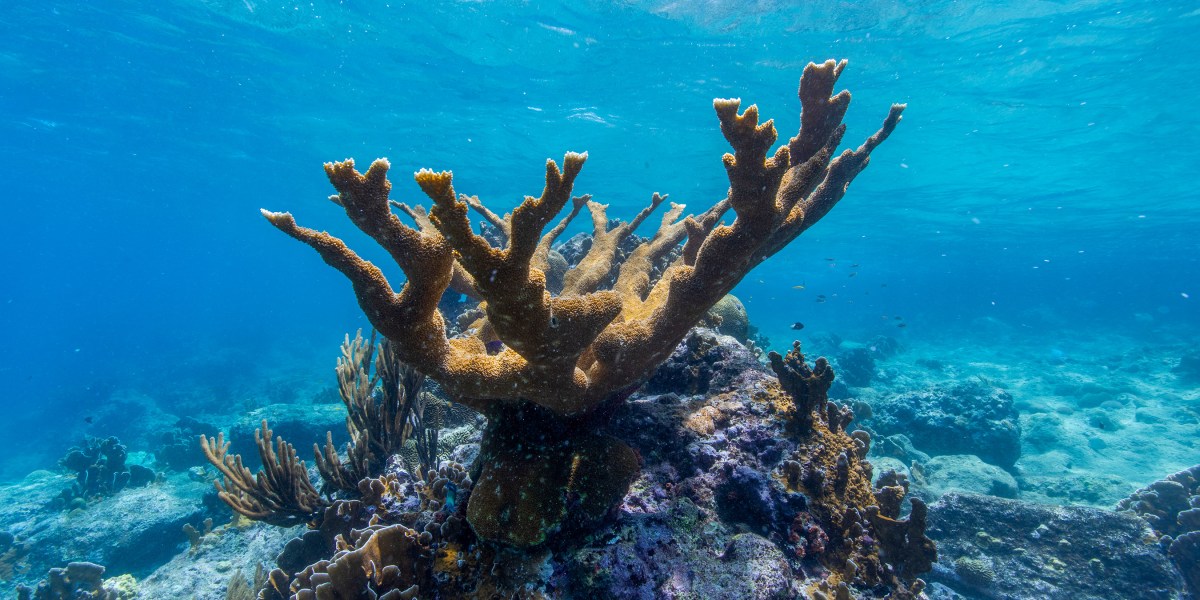
Hagedorn and her collaborators have been able to cryopreserve larvae since 2018, but the process was finicky, and thawing them required sophisticated lasers to heat them at a rate of more than 1,000,000 °C per minute. Now, Hagedorn’s team has devised and tested a simplified method. The larvae are dehydrated on a steel mesh, immersed in a cryoprotectant, and plunged into liquid nitrogen. To thaw them, the mesh is put in a room-temperature rehydration solution. If all goes well, the larvae swim off within two hours. “That’s been a huge advancement,” Hagedorn says. “And what that means is that we can stop the extinction of species, and in a way that’s very user-friendly.”
There has also been progress preserving adult corals. In August, Powell-Palm, Hagedorn, and others announced that they had seen cryopreserved adult specimens survive one or two days before falling prey to bacteria. The process they used, called isochoric vitrification, employs a small, confined chamber to prevent liquids from expanding into ice. “I always describe it as low tech, high science,” Powell-Palm says. “The thermodynamic processes at play within the chamber are wonderfully complex … but technologically, it’s unbelievably simple.”
If—and Hagedorn emphasizes the if—isochoric vitrification is perfected, it would be a game changer. Rather than requiring researchers to wait for the few nights a year that corals spawn to catch their sperm and larvae, this method will allow them to collect and cryopreserve corals whenever it’s convenient. Thawed fragments would grow into larger colonies and one day spawn as well, helping to restart dead or struggling reefs.
The most intractable problem, however, might be time. As high temperatures, acidic water, pollution, and disease batter corals, they may grow too sickly to withstand the stresses of cryopreservation. Corals need to be collected as soon as possible, Hagedorn says, while their health is still mostly intact.
At the same time, she’s planning for a conservation program that may last for decades—even centuries, because the oceans may continue to warm for many generations, even in the event of decisive climate action. Hagedorn is investigating the feasibility of storing coral and other animal tissues on permanently cool parts of the moon. If some disaster were to befall coral repositories on Earth, samples tucked in lunar lava tubes or shady craters could persist for centuries.
Allison Guy reports on health and the environment.
